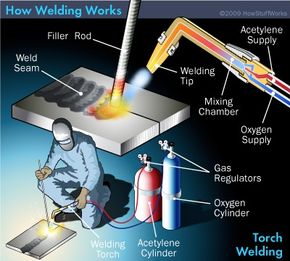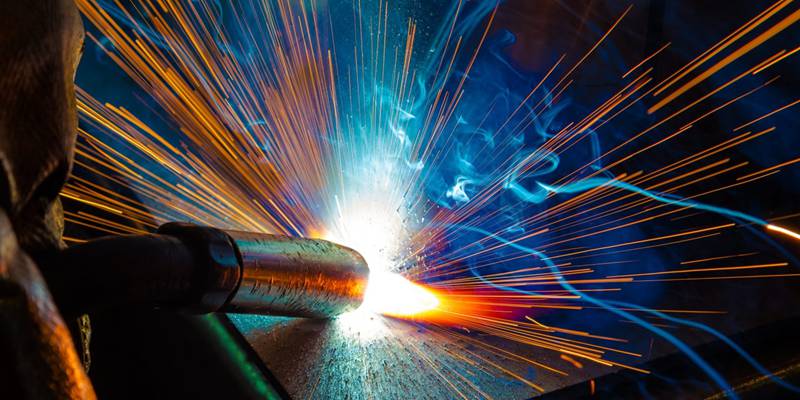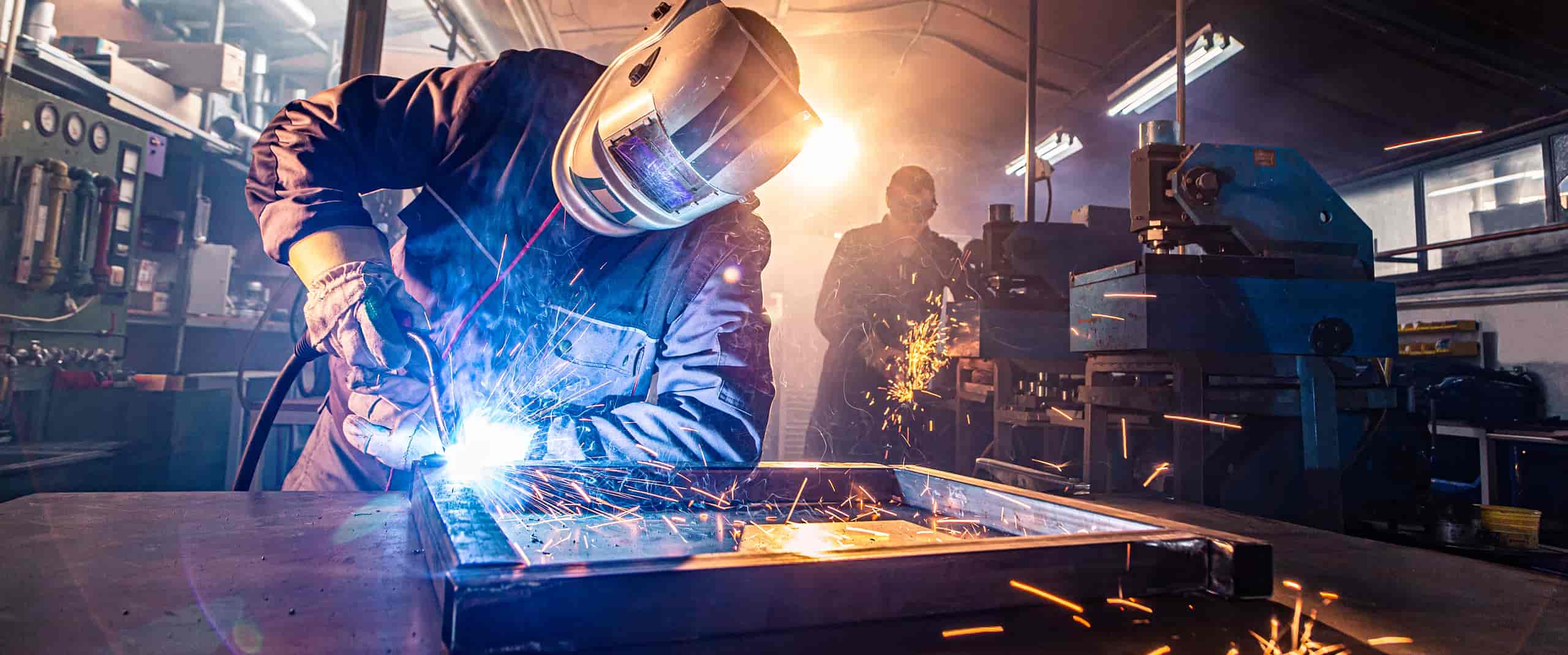The Ultimate Guide to Welding WPS Procedures: A Detailed Introduction for Welders
In the elaborate globe of welding, Welding Procedure Requirements (WPS) function as the backbone of guaranteeing top quality, uniformity, and safety in welding operations. Recognizing the subtleties of producing, implementing, and keeping an eye on WPS procedures is necessary for welders looking to raise their craft and fulfill market criteria. As we look into the numerous parts of a WPS and discover the ins and outs of credentials and certification, we will discover the crucial function these procedures play in the realm of welding. Let's start a trip to decipher the intricacies and relevance of WPS treatments in welding methods.
Value of WPS Procedures
Recognizing the value of Welding Procedure Specifications (WPS) procedures is crucial for guaranteeing the high quality and stability of bonded structures. WPS treatments function as a roadmap for welders, describing the necessary actions, specifications, and materials called for to accomplish a sound weld. By sticking to WPS standards, welders can guarantee uniformity in their work, leading to trusted and structurally audio welds.
One of the main factors why WPS treatments are important is their function in keeping weld top quality and integrity. Complying with the specified welding specifications and strategies outlined in the WPS helps prevent issues such as porosity, breaking, or insufficient fusion, which can endanger the stamina and sturdiness of the weld.

Parts of a WPS
A Welding Procedure Specification (WPS) usually makes up important elements that information the particular requirements for executing a weld, guaranteeing uniformity and quality in the welding procedure. The essential parts of a WPS consist of important variables such as base metals, filler steels, preheat and interpass temperature levels, welding processes, shielding gases, welding placements, and post-weld warm treatment needs.
Base metals refer to the materials being joined, while filler steels are utilized to load the gap between the base metals throughout welding. The welding process outlines the specific method to be made use of, whether it's gas metal arc welding (GMAW), secured steel arc welding (SMAW), or another method. Welding placements define the orientations in which welding can be done.

Certification and Accreditation
Having established the crucial parts of a Welding Procedure Requirements (WPS), the focus now shifts towards the vital facets of qualification and qualification in welding methods.

Accreditation, on the various other hand, is the formal recognition of a welder's credentials by a pertinent certification body or company. Welding qualifications are usually based upon the particular welding procedures, products, and settings a welder is certified to work with. Holding a valid welding qualification demonstrates that a welder meets industry standards and is experienced to carry out welding jobs to the needed requirements.
Producing a WPS
To establish a Welding Treatment Spec (WPS) that satisfies industry requirements, mindful consideration of welding procedures, products, and operational specifications is necessary (welding WPS). The very first step in producing a WPS is to recognize the welding process to be used, such as visit this site gas steel arc welding (GMAW) or secured metal arc welding (SMAW) As soon as the welding process is figured out, the following critical aspect is selecting the suitable products, considering variables like base steel type, density, and joint design. Operational specifications such as welding present, voltage, traveling speed, and securing gas make-up must likewise be meticulously defined in the WPS.

Carrying Out and Keeping Track Of WPS
Upon settling the extensive Welding Treatment Spec (WPS) that meticulously information welding processes, products, operational specifications, and quality assurance steps, the focus shifts to properly carrying out and keeping an eye on the well established treatments. Implementation involves guaranteeing that all welders entailed in the project are familiar with the WPS and follow it diligently during the welding process. Effective execution and surveillance of the WPS are crucial for ensuring the stability, strength, and safety and security of the welded joints, inevitably adding to the overall success of the welding project.
Final Thought
In verdict, understanding and following Welding Procedure Requirements (WPS) is essential for welders to make certain high quality, consistency, and security in their work. By recognizing the components of a WPS, getting proper credentials and accreditations, developing thorough procedures, and applying and monitoring them successfully, welders can enhance their abilities and effectiveness in welding methods. Complying with WPS procedures is essential for creating high-quality welds and conference industry standards.
In the this link complex globe of welding, Welding Procedure Specifications (WPS) serve as the backbone of guaranteeing high quality, uniformity, and safety and security in welding procedures. The welding procedure describes the particular method to be utilized, whether it's gas steel arc welding (GMAW), protected metal arc welding (SMAW), or one more view it now technique.To develop a Welding Procedure Specification (WPS) that meets sector criteria, careful factor to consider of welding procedures, products, and operational criteria is important. The initial action in developing a WPS is to identify the welding process to be utilized, such as gas steel arc welding (GMAW) or protected metal arc welding (SMAW)Upon finalizing the thorough Welding Treatment Requirements (WPS) that diligently information welding procedures, materials, functional specifications, and high quality guarantee procedures, the emphasis changes to effectively carrying out and checking the established procedures.
Comments on “Welding WPS Explained: Trick Elements and Conveniences for Your Welding Procedures”